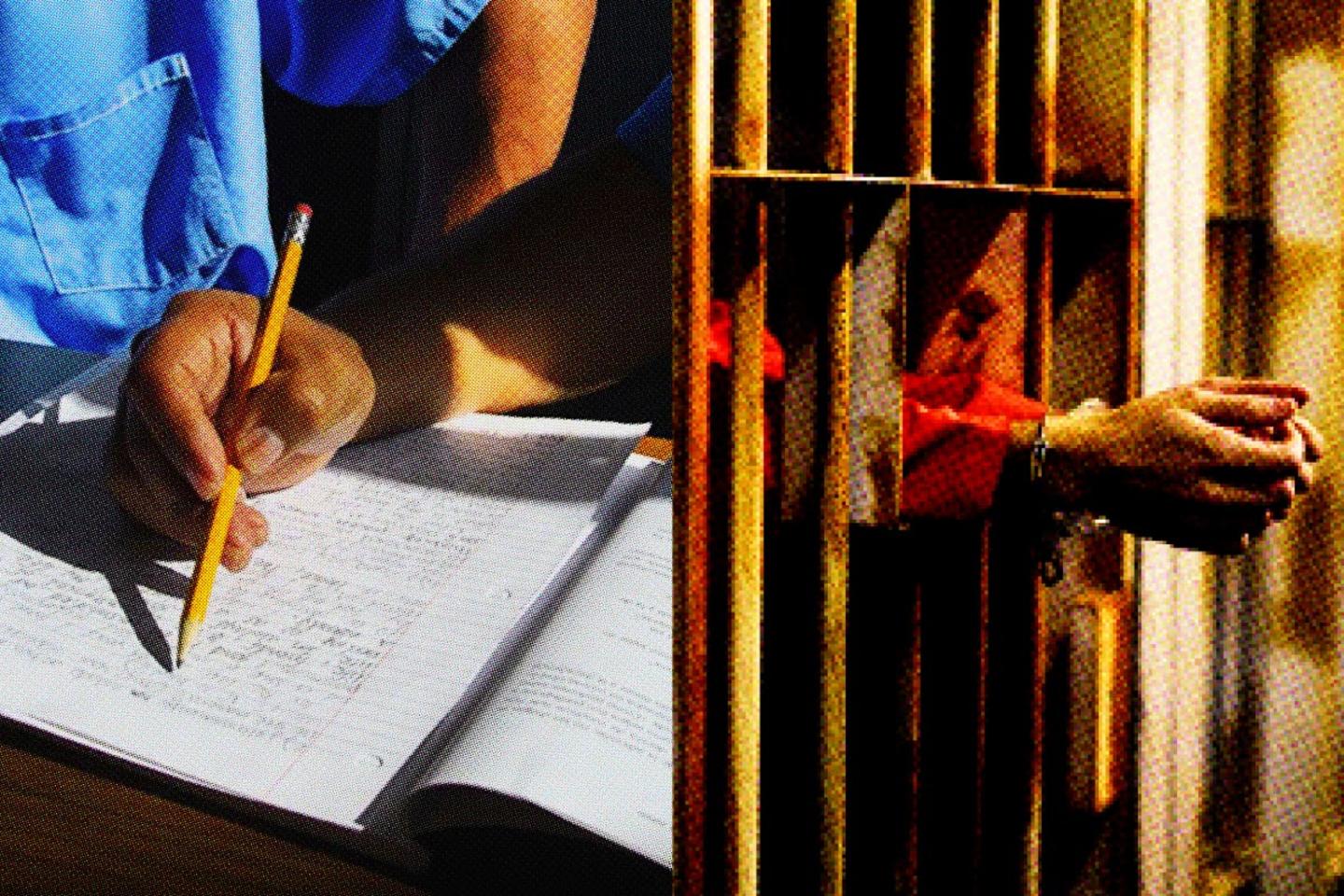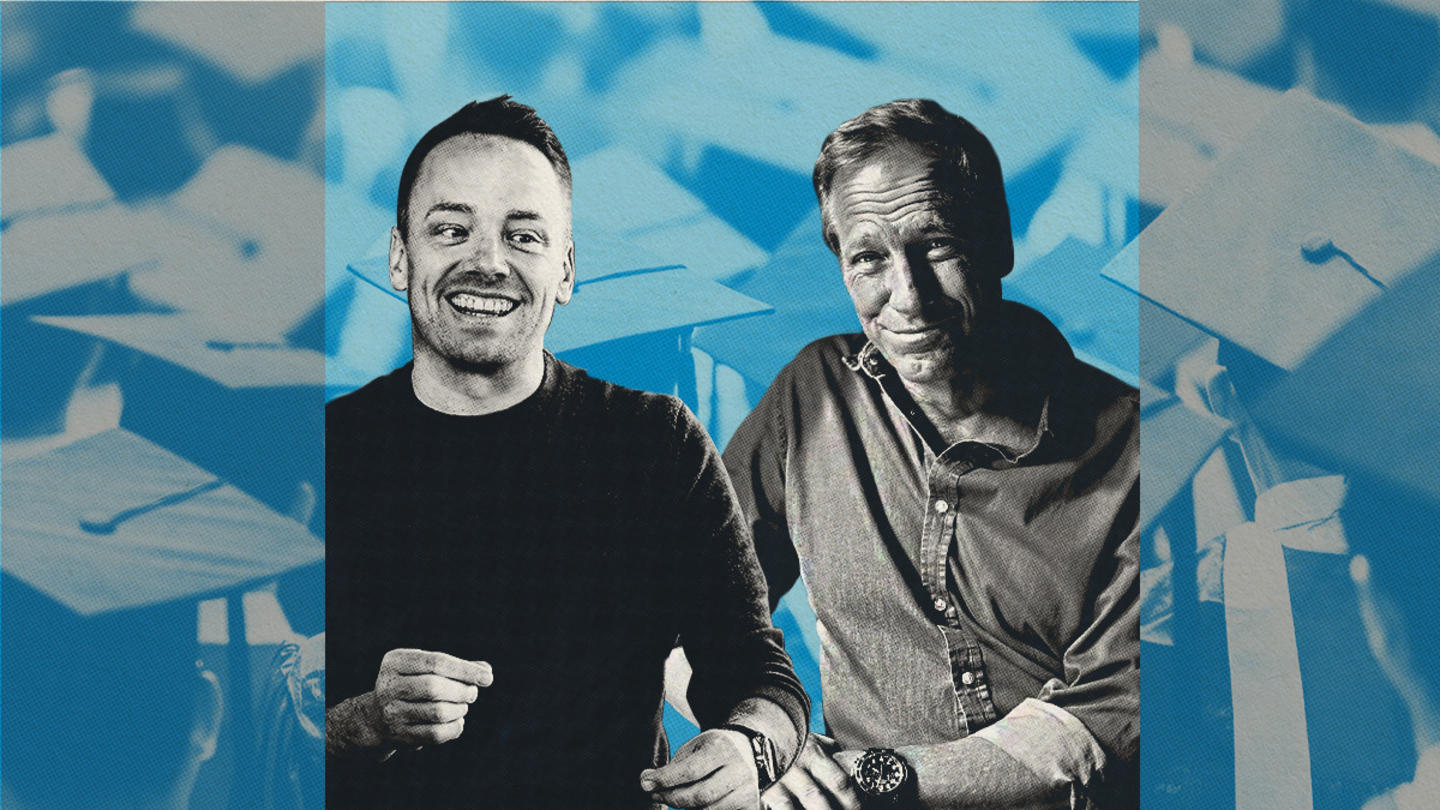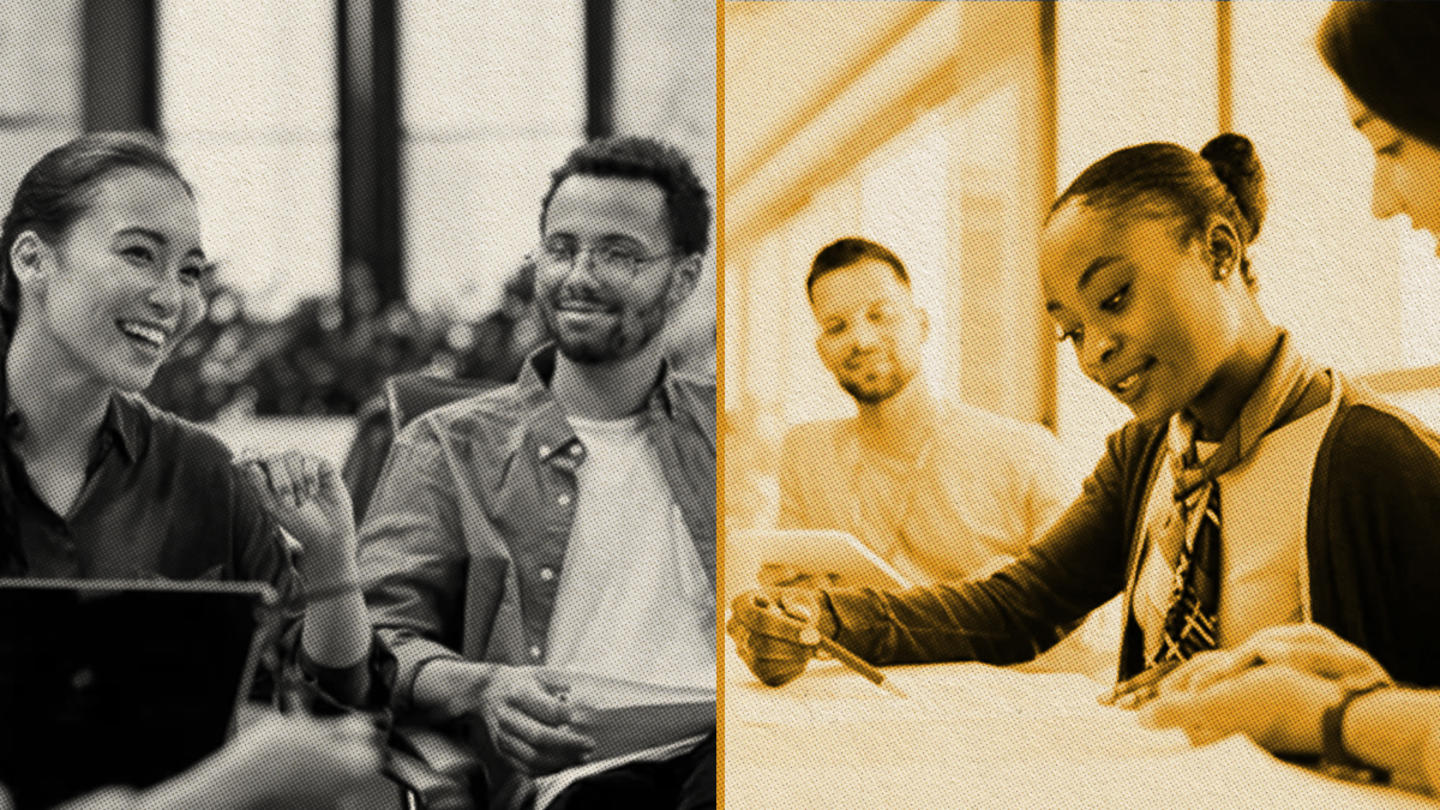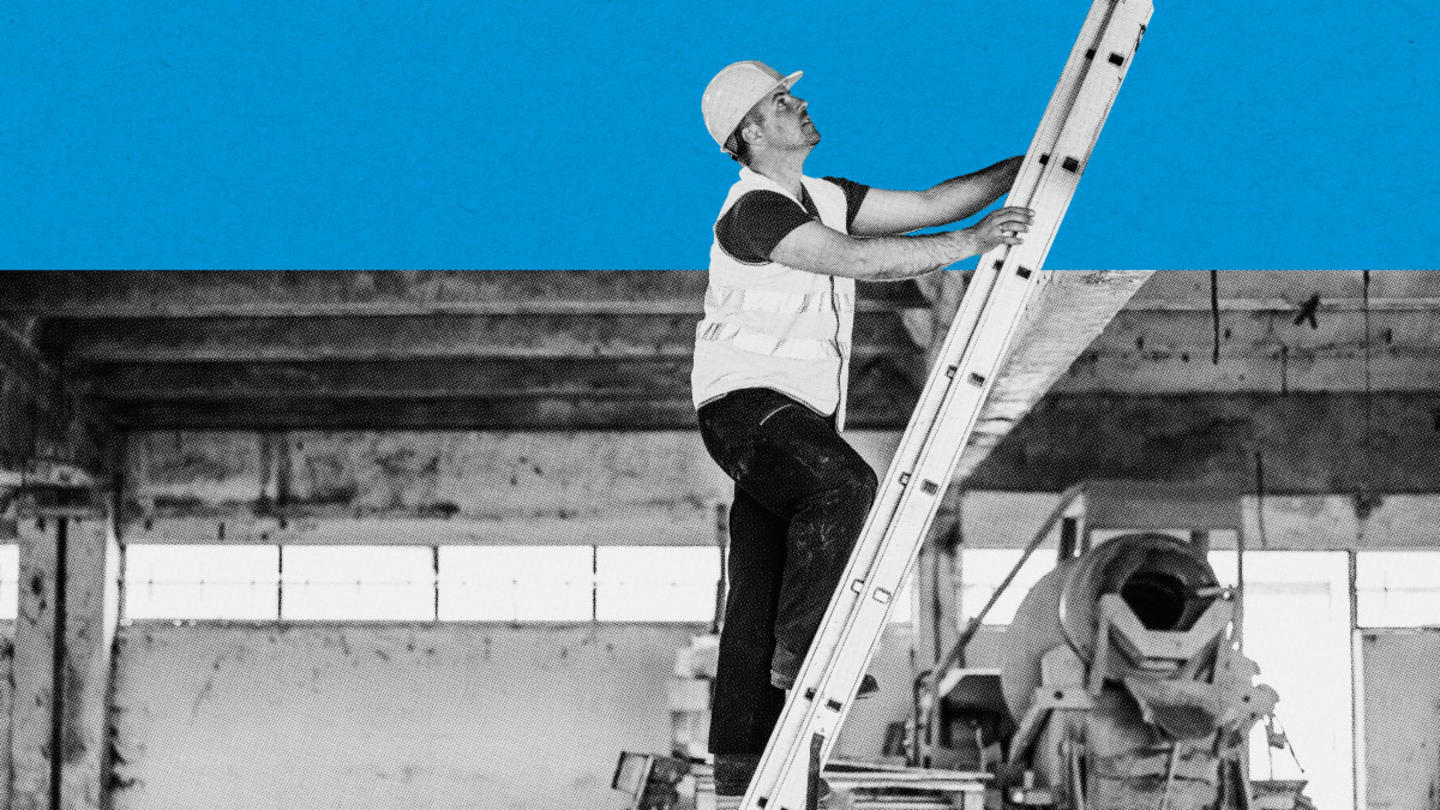North of Stanford and west of Berkeley is Mt. Tamalpais College, one of the most innovative colleges in the United States. The only eligibility requirements: students must have a high school diploma or GED, and they must be incarcerated in San Quentin State Prison.
That's right. The entire Mt. Tamalpais campus is housed inside San Quentin State Prison—one of the most challenging educational environments imaginable.
"San Quentin is a medium security prison, so our students have been convicted of all sorts of crimes, many very serious crimes," says Mt. Tamalpais College President Jody Lewen. "But one of the guiding principles underlying our work is that every individual human being has the right to develop their own unique gifts."
Turns out, it's also a highly effective solution for strengthening public safety as well.
Mt. Tamalpais College, named after a mountain students can see from the prison yard, is the only accredited independent college in the U.S. whose main campus is inside a prison. Formerly known as the Prison University Project, the college allows students to earn an associate degree that is transferable to four-year institutions.
"It's really hard to explain why people who are incarcerated should have access to quality education," Lewen says, "but when you see it happening, you have your answer. They're human beings. They're alive."
People who commit a crime should be held accountable. But to improve public safety, rehabilitation must be part of the equation, not just punishment. In the United States, 70% of people who leave prison will return within five years.
But for graduates of Mt. Tamalpais, only 5% will return to prison.
Unlike traditional colleges on the outside, Lewen's college is entirely focused on education that's individualized to each student's unique needs. It's transformative. As Odell, a student in the program explains, "I finally have a skillset that I can use that's positive and constructive. It's a feeling of empowerment."
Education is individualized at Mt. Tamalpais College
When the program was founded 25 years ago, it only had a few volunteers, no full-time staff, and no budget. Lewen came on as one of those volunteers.
"When I first walked into the prison, I literally felt like I was throwing myself off a cliff," she says. "But when I got into the classroom, in most ways, it was the opposite of the way I'd imagined the environment. Students were all excited and walked up to greet us and shake our hands."
Lewen tells of a student in those early days who told her, "You know, being in college while you're in prison is the difference between being alive and not being alive."
Students attending college in prison are not typical college students. That's why Lewen has created an atypical college. "We are the opposite of a cookie cutter approach," she explains. "Our goal is really to be a hybrid of the best of a small liberal arts college and the best of the community college system."
Mt. Tamalpais is independently funded, which gives Lewen and her staff the freedom to meet each student's needs without worrying about government restrictions or diverting public resources away from other priorities in the criminal justice system.
"We work from the assumption that every student comes along a different educational pathway. They have a different background, different set of experiences, different needs, different goals."
She continues, "The way we approach education is to greet and to recognize each student as an individual and then to work with them to make sure that we are meeting them where they are and addressing what their needs are over time.
"The point is to create a college campus that is preparing students—academically, socially, educationally, intellectually—to go wherever they want to go."
The volunteer faculty at Mt. Tamalpais come from some of the Bay Area's most prestigious universities. Rita Lucarelli, a professor at nearby Berkeley, says she sees something different when she steps into the classroom inside San Quentin"In many colleges, there are many talents that are not recognized," Lucarelli says. "What I see here is that whatever is the talent of one student, it will come out. All my colleagues here, they're not just talking to the students, they listen to them."
Students agree with Lucarelli. "The difference between college out there and college in here, it's one-on-one," says LaCedric. "They help you, and they really sit down with you."
Mt. Tamalpais College helps students look forward
Personalized instruction is the name of the game at Mt. Tamalpais.
Craig describes what it was like to need extra help. "I started off, and I didn't have the confidence to write. It would take me four or five days to complete one essay," he says. "I had a tutor that was specifically for me for an hour in English. Now I can do an essay in one day and pass it with an A or a B."
Arthur is hoping to use his education to help others like him. "That first class gave me my voice," he says. "So my main goal—what I want my education to do for me—is figure out how to end the school to prison pipeline."
Students at Mt. Tamalpais are emerging artists, journalists, entrepreneurs, lawyers, and philosophers. The college has had hundreds of graduates so far. But the model that Lewen has built has greater implications for society beyond the walls of San Quentin or even higher education in prison.
"What the success of Mt. Tamalpais College illustrates that when individuals develop and discover their own unique gifts, they become almost forces of nature, in terms of their drive and commitment to repairing the world and supporting other human beings and building a more just society," Lewen says.
Another student, Kelvin, describes Mt. Tamalpais as a catalyst. He gets emotional when he says, "I'm grateful, and now that I've gotten to a certain point, it's just more motivation, and I'm hungry."
Mount Tamalpais College is supported by Stand Together Trust, which provides funding and strategic capabilities to innovators, scholars, and social entrepreneurs to develop new and better ways to tackle America's biggest problems.
Learn more about Stand Together's education efforts.




